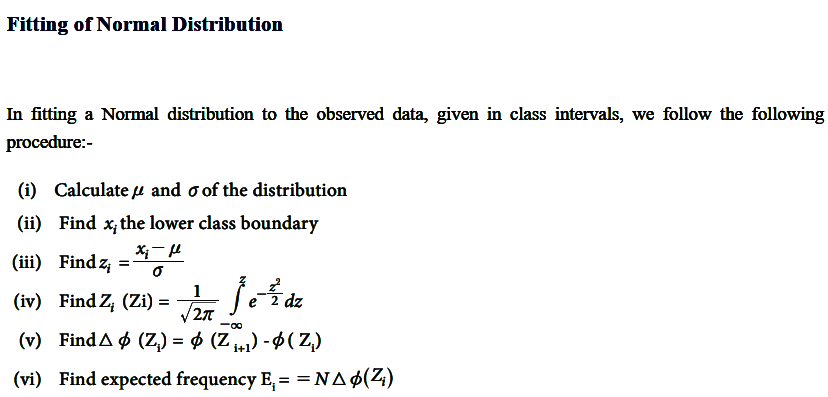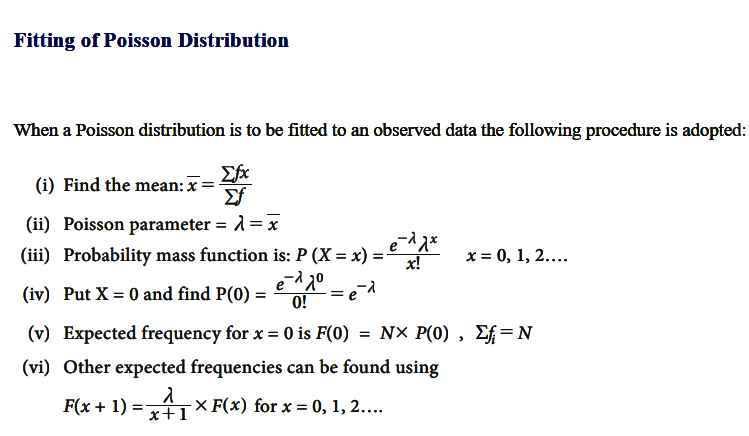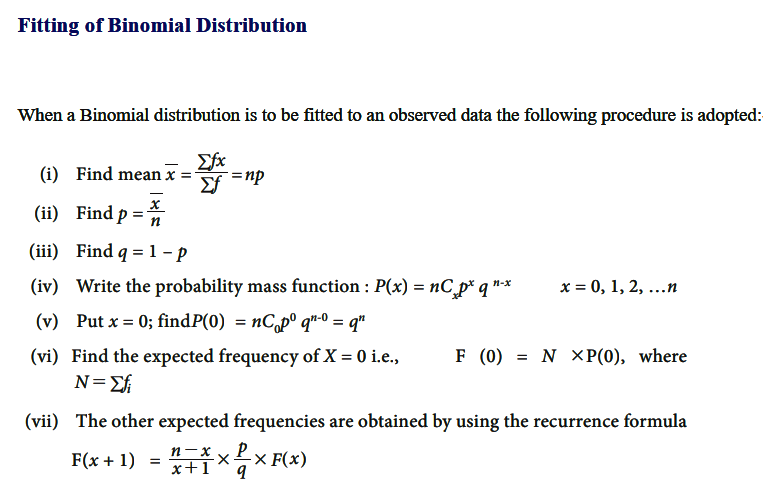Hypothesis is a proposed explanation or assumption made on the basis of limited evidence, serving as a starting point for further investigation. In research, it acts as a predictive statement that can be tested through study and experimentation. A good hypothesis clearly defines the relationship between variables and provides direction to the research process. It can be formulated as a positive assertion, a negative assertion, or a question. Hypotheses help researchers focus their study, collect relevant data, and analyze outcomes systematically. If supported by evidence, a hypothesis strengthens theories; if rejected, it helps refine or redirect the research.
Nature of Hypothesis:
A hypothesis predicts the possible outcome of a research study. It forecasts the relationship between two or more variables based on prior knowledge, observations, or theories. Through prediction, the researcher sets a direction for investigation and frames experiments accordingly. The predictive nature helps in formulating tests and procedures that validate or invalidate the assumptions. By predicting outcomes, a hypothesis serves as a guiding tool for collecting and analyzing data systematically in the research process.
A fundamental nature of a hypothesis is that it must be testable and verifiable. Researchers should be able to design experiments or collect data to prove or disprove the hypothesis objectively. If a hypothesis cannot be tested or verified with empirical evidence, it has no scientific value. Testability ensures that the hypothesis remains grounded in reality and allows researchers to apply statistical tools, experiments, or observations to validate the proposed relationships or statements.
A good hypothesis must be simple, clear, and understandable. It should not be complex or vague, as this makes testing and interpretation difficult. The clarity of a hypothesis allows researchers and readers to grasp its meaning without confusion. It should specifically state the expected relationship between variables and avoid unnecessary technical jargon. A simple hypothesis makes the research process more organized and structured, leading to more reliable and meaningful results during analysis.
The nature of a hypothesis demands that it be specific and focused on a particular issue or problem. It should not be broad or cover unrelated aspects, which can dilute the research findings. Specificity helps researchers concentrate their efforts on one clear objective, design relevant research methods, and gather precise data. A focused hypothesis reduces ambiguity, minimizes errors, and improves the validity of the research results by maintaining a sharp direction throughout the study.
A hypothesis should align with the existing body of knowledge and theories unless it aims to challenge or expand them. It should logically fit into the current understanding of the subject to make sense scientifically. When a hypothesis is consistent with known facts, it gains credibility and relevance. Even when proposing something new, a hypothesis should acknowledge previous research and build upon it, rather than ignoring established evidence or scientific frameworks.
A hypothesis must be objective and free from personal bias, emotions, or preconceived notions. It should be based on observable facts and logical reasoning rather than personal beliefs. Researchers must frame their hypotheses with neutrality to ensure that the research process remains fair and unbiased. Objectivity enhances the scientific value of the study and ensures that conclusions are drawn based on evidence rather than assumptions, preferences, or subjective interpretations.
A hypothesis is not a confirmed truth but a tentative statement awaiting validation through research. It is subject to change, modification, or rejection based on the findings. Researchers must remain open-minded and willing to revise the hypothesis if new evidence contradicts it. This provisional nature is crucial for the progress of scientific inquiry, as it encourages continuous testing, exploration, and refinement of ideas instead of blindly accepting assumptions.
Hypotheses often establish relationships between two or more variables. They state how one variable may affect, influence, or be associated with another. This relational nature forms the backbone of experimental and correlational research designs. Understanding these relationships helps researchers explain causes, predict effects, and identify patterns within their study areas. Clearly stated relationships in hypotheses also facilitate the application of statistical tests and the interpretation of research findings effectively.
Significance of Hypothesis:
The hypothesis acts as a roadmap for the researcher, providing clear direction and focus. It helps define what needs to be studied, which variables to observe, and what methods to apply. Without a hypothesis, research would be unguided and scattered. By offering a structured path, it ensures that the research efforts are purposeful and systematically organized toward achieving meaningful outcomes.
A hypothesis narrows the scope of the study by specifying exactly what the researcher aims to investigate. It identifies key variables and their expected relationships, preventing unnecessary data collection. This concentration saves time and resources while allowing for more detailed analysis. A focused study helps in maintaining clarity throughout the research process and results in stronger, more convincing conclusions based on targeted inquiry.
A hypothesis highlights the potential relationships between two or more variables. It outlines whether variables move together, influence each other, or remain independent. Establishing these relationships is essential for explaining complex phenomena. Through hypothesis testing, researchers can confirm or reject assumed connections, leading to deeper understanding, better theories, and stronger predictive capabilities in both scientific and business research contexts.
Hypotheses contribute significantly to theory building. When a hypothesis is repeatedly tested and supported by empirical evidence, it can help form new theories or refine existing ones. Theories built on tested hypotheses have greater scientific value and can guide future research and practice. Thus, hypotheses are not just for individual studies; they play a critical role in expanding the broader knowledge base of a discipline.
Concepts and assumptions need validation before they can be widely accepted. A hypothesis facilitates this validation by providing a mechanism for empirical testing. It helps researchers design experiments or surveys specifically aimed at confirming or disproving a particular idea. This ensures that concepts do not remain speculative but are subjected to rigorous scientific scrutiny, enhancing the reliability and acceptance of research findings.
Having a well-defined hypothesis enhances objectivity by setting specific criteria that research must meet. Researchers approach data collection and analysis with a neutral mindset focused on proving or disproving the hypothesis. This objectivity minimizes the influence of personal biases or preconceived notions, promoting fair and unbiased research results. In this way, hypotheses help maintain the scientific integrity of research projects.
In applied fields like business and healthcare, hypotheses help decision-makers by providing data-driven insights. By testing hypotheses about consumer behavior, product performance, or treatment outcomes, organizations and professionals can make informed decisions. This reduces risks and improves strategic planning. A hypothesis, therefore, transforms vague assumptions into evidence-based conclusions that directly impact policies, operations, and practices.
By clearly defining what needs to be studied, a hypothesis prevents researchers from wasting time and resources on irrelevant data. It limits the research to specific objectives and focuses efforts on gathering meaningful, actionable information. Efficient use of resources is critical in both academic and professional research settings, making a well-structured hypothesis an essential tool for maximizing productivity and effectiveness.
Null Hypothesis:
The null hypothesis (H₀) is a fundamental concept in statistical testing that proposes no significant relationship or difference exists between variables being studied. It serves as the default position that researchers aim to test against, representing the assumption that any observed effects are due to random chance rather than systematic influences.
In experimental design, the null hypothesis typically states there is:
-
No difference between groups
-
No association between variables
-
No effect of a treatment/intervention
For example, in testing a new drug’s efficacy, H₀ would state “the drug has no effect on symptom reduction compared to placebo.” Researchers then collect data to determine whether sufficient evidence exists to reject this null position in favor of the alternative hypothesis (H₁), which proposes an actual effect exists.
Statistical tests calculate the probability (p-value) of obtaining the observed results if H₀ were true. When this probability falls below a predetermined significance level (usually p < 0.05), researchers reject H₀. Importantly, failing to reject H₀ doesn’t prove its truth – it simply indicates insufficient evidence against it. The null hypothesis framework provides objective criteria for making inferences while controlling for Type I errors (false positives).
Alternative Hypothesis:
The alternative hypothesis represents the researcher’s actual prediction about a relationship between variables, contrasting with the null hypothesis. It states that observed effects are real and not due to random chance, proposing either:
-
A significant difference between groups
-
A measurable association between variables
-
A true effect of an intervention
Unlike the null hypothesis’s conservative stance, the alternative hypothesis embodies the research’s theoretical expectations. In a clinical trial, while H₀ states “Drug X has no effect,” H₁ might claim “Drug X reduces symptoms by at least 20%.”
Alternative hypotheses can be:
-
Directional (one-tailed): Predicting the specific nature of an effect (e.g., “Group A will score higher than Group B”)
-
Non-directional (two-tailed): Simply stating a difference exists without specifying direction
Statistical testing doesn’t directly prove H₁; rather, it assesses whether evidence sufficiently contradicts H₀ to support the alternative. When results show statistical significance (typically p < 0.05), we reject H₀ in favor of H₁.
The alternative hypothesis drives research design by determining appropriate statistical tests, required sample sizes, and measurement precision. It must be formulated before data collection to prevent post-hoc reasoning. Well-constructed alternative hypotheses are testable, falsifiable, and grounded in theoretical frameworks, providing the foundation for meaningful scientific conclusions.

Like this:
Like Loading...






